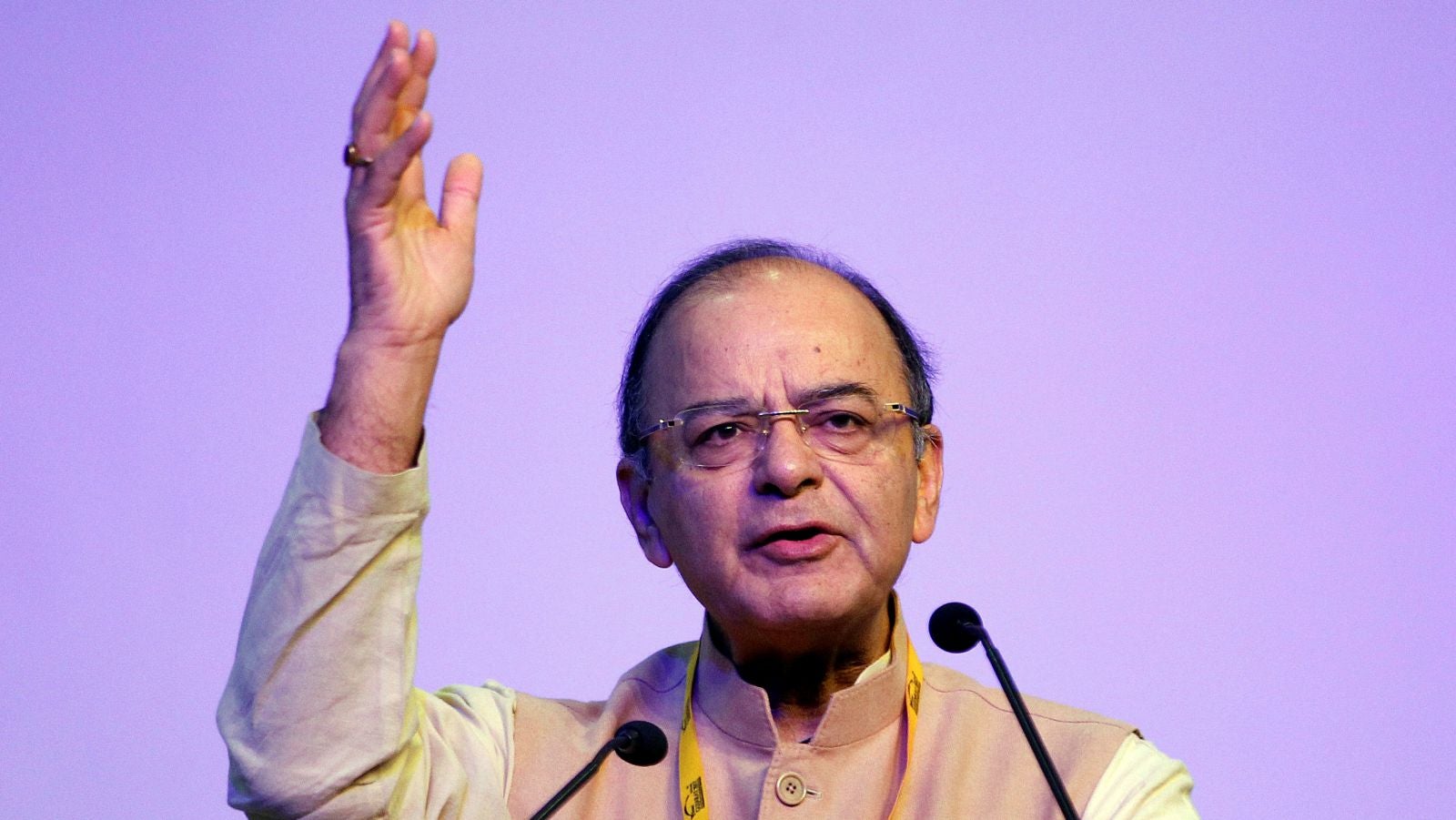India’s bank bailout cures the symptoms, not the disease
Finance minister Arun Jaitley on Jan. 24 unveiled the fine print of the Indian government’s massive $33 billion rescue plan for the country’s state-owned banks battling a huge pile of toxic debt.


Finance minister Arun Jaitley on Jan. 24 unveiled the fine print of the Indian government’s massive $33 billion rescue plan for the country’s state-owned banks battling a huge pile of toxic debt.
The money channeled through this plan is expected to improve the capital positions of these public sector banks (PSBs), which account for over 70% of the country’s banking industry.
First announced in October 2017, the bailout centres around Rs2.11 lakh crore (nearly $33 billion) that’ll be given to the PSBs over the next two years. Of this, Rs1.35 lakh crore will come via recapitalisation bonds, i.e., government securities subscribed to by the banks, and the remainder either from government coffers or financial markets.
Here is what Jaitley revealed at the press briefing:
What was announced?
India’s 21 PSBs will get a total of Rs1 lakh crore in financial year 2018. Of this, Rs80,000 crore will be via recapitalisation bonds and Rs8,139 crore through government budget allocation. The banks will raise the remaining Rs10,312 crore from the financial market. The funds will be granted on banks’ requirements.
Eleven banks that had not been performing well and were a part of the banking regulator’s prompt corrective action (PCA) category will receive Rs52,311 crore. The non-PCA ones will get Rs35,828 crore.
What does it mean?
The Narendra Modi government’s lifeline for the banks has come at a time when the sector is piled with bad loans. Its gross non-performing assets (NPA) are expected to rise to Rs9.5 lakh crore by March 2018, up from Rs8 lakh crore in the same month last year, according to industry body Assocham and rating agency Crisil. NPAs are loans on which the borrower has either stopped repaying the principal or the interest—or both.
The PSBs account for a major share of NPAs, which are taking a toll on their balance sheets. The government expects that after this round of recapitalisation, the banks can clean up their books and focus on lending.
It means the government has thrown a bone to each bank irrespective of its performance, with only the promise of a stricter watch on them hereon.
How will it work?
The government will borrow money from PSBs against long-term (10- and 15-year-) bonds. These are called recapitalisation bonds. The government will re-invest the money in the same banks for an additional stake. This will keep them afloat on their own money. Broadly, this was the same mechanism followed during a similar crisis in the 1990s.
Once their capital position is secured, the banks will have to ensure improved management and governance through reforms and an ability to compete with their stronger peers. The government has enlisted a few criteria:
- Creation of a separate team within the bank to focus on monitoring, recovery, and resolution of bad loans
- Sale of non-core assets like land, real estate, and other investments
- Cutting back on overseas operations
- Adoption of technology to improve customer service
- Focus more on transparent lending to small and medium-sized enterprises
Should the bad banks be bailed out?
“This (capital infusion into bad banks) is a regulatory (requirement)…these are institutions of faith. So we have to, and the government is committed to, maintain them. But there is a stringent dependence on the reforms,” Rajiv Kumar, secretary of the department of financial services, told Quartz.
What is left to be answered?
These measures will keep the banks in business for now, but some questions remain;
- Will the government ensure efforts to make the banks’ business get more transparent and efficient?
- Are banks bound by deadlines to initiate the reforms?
- Political interference has been blamed for many of their woes. How will the government ensure that doesn’t happen again?
- What will be the impact on the government’s fiscal math?
- Will such financial jugglery affect India’s credit ratings?
(Anwesha Ganguly contributed to this post)